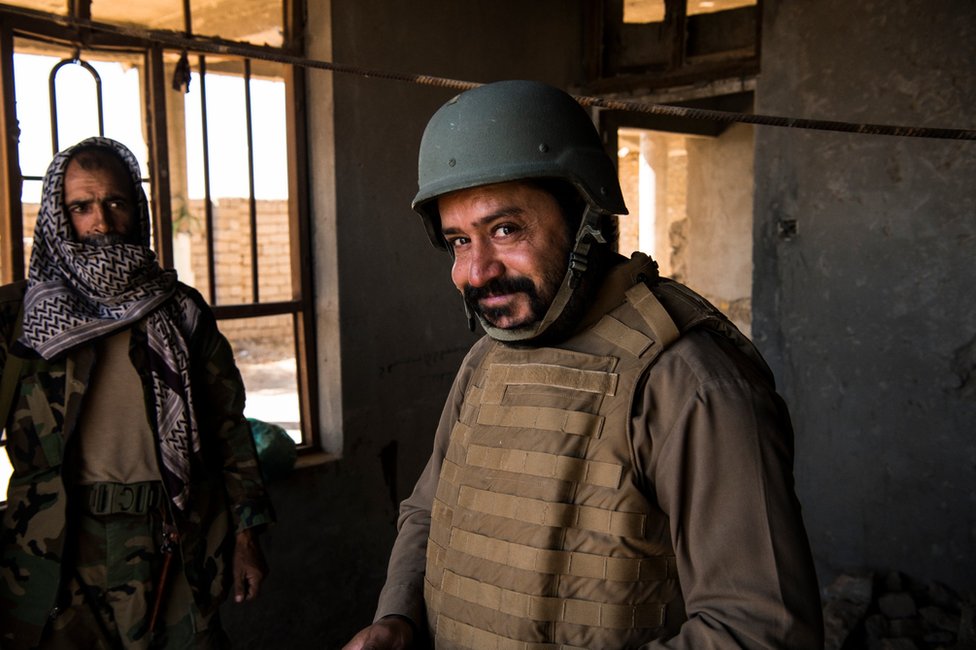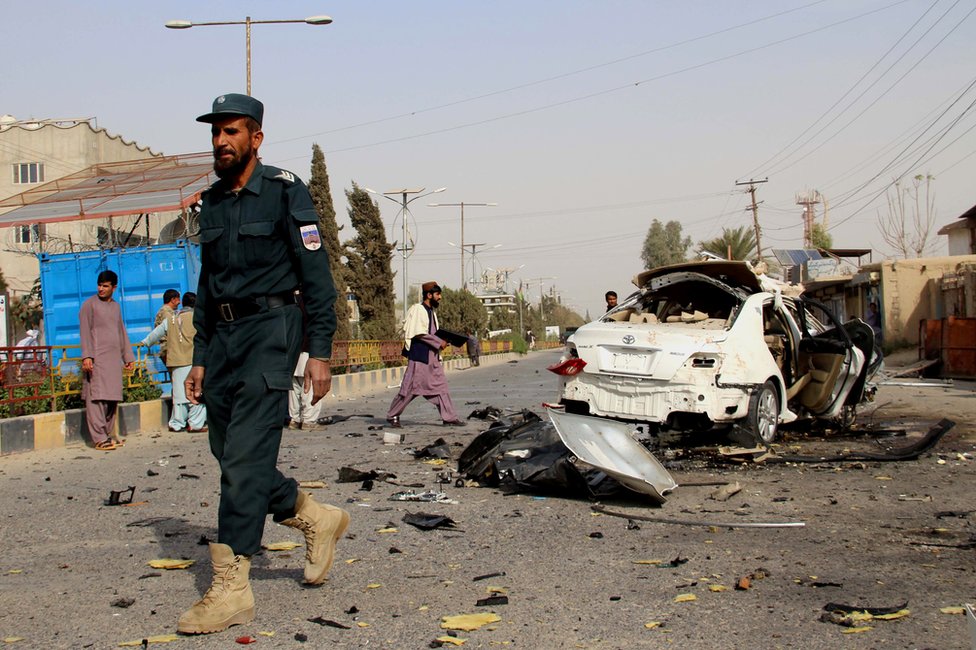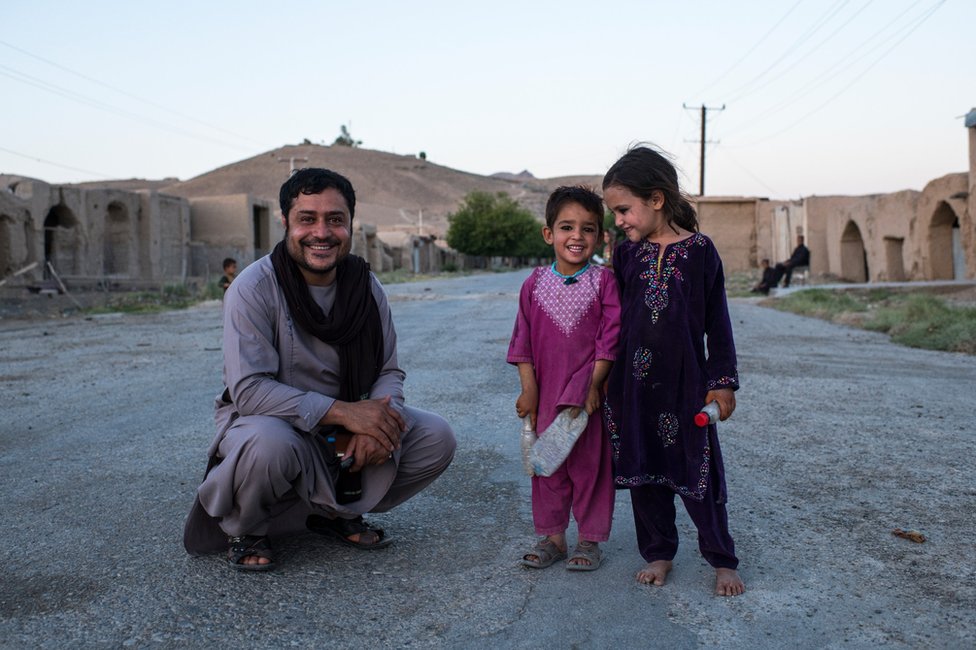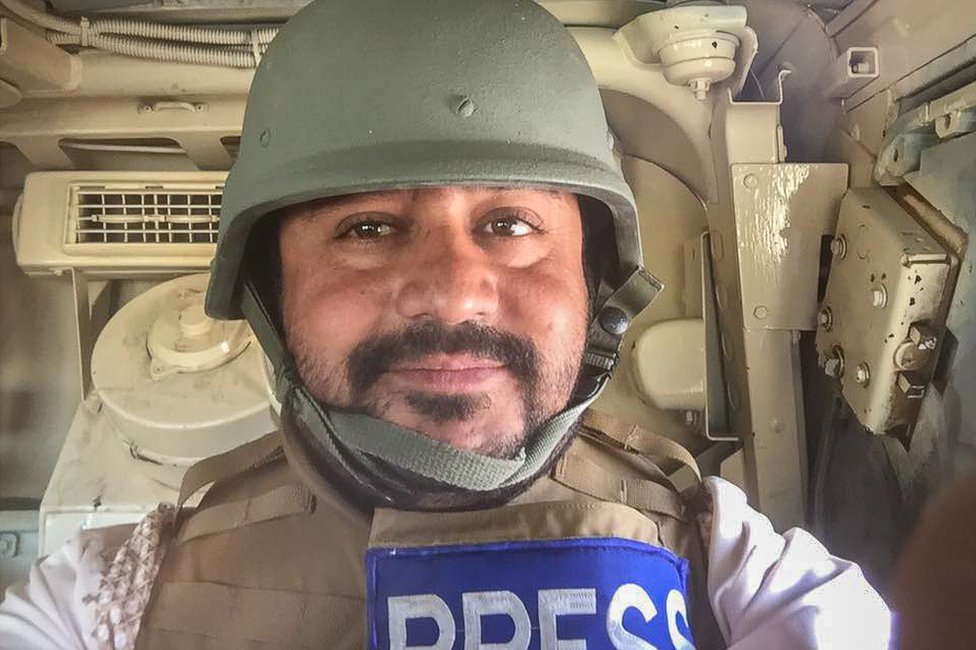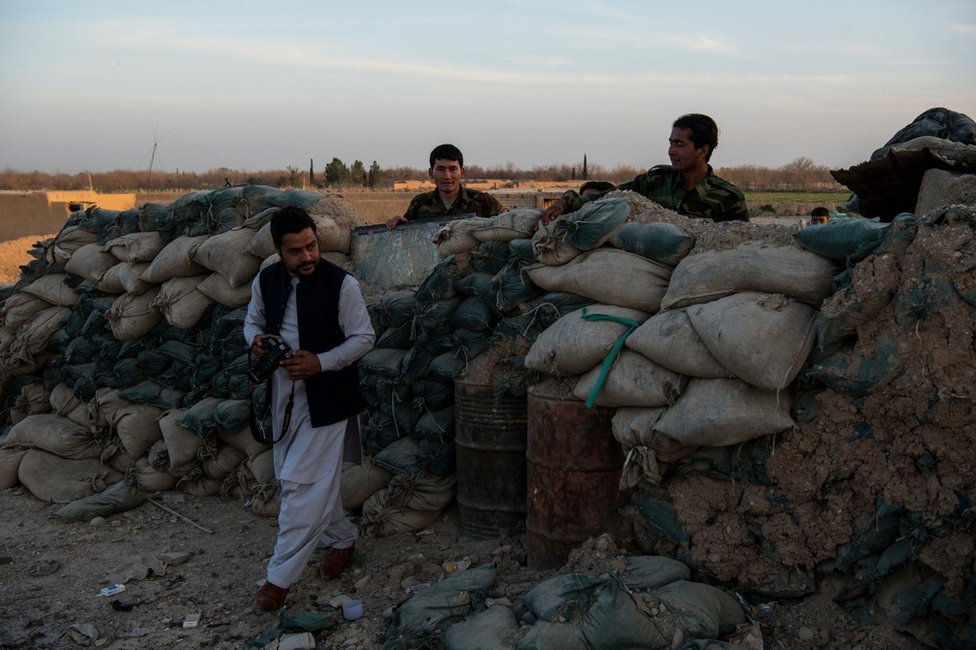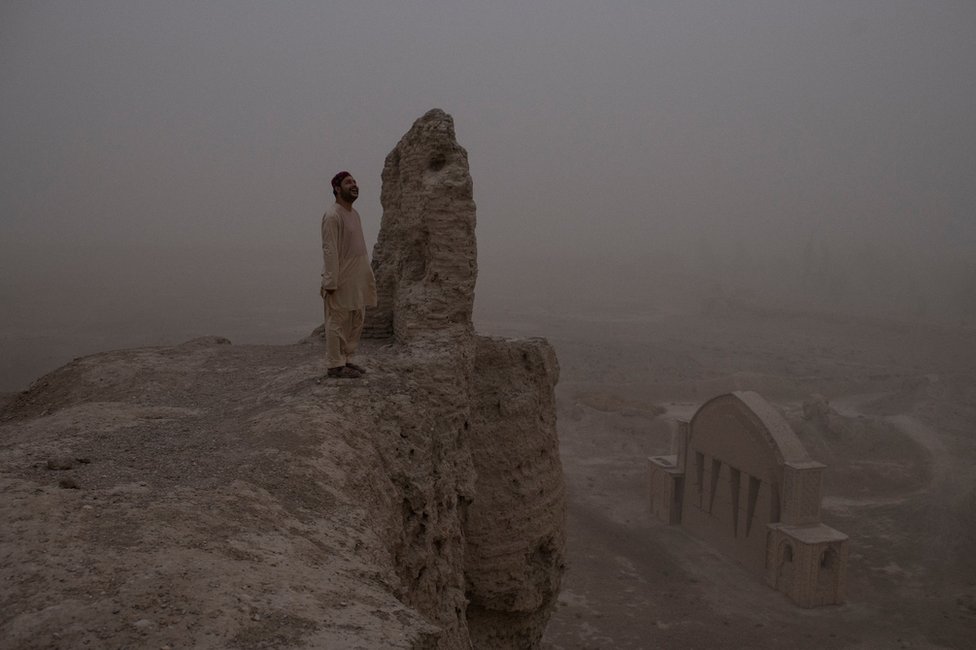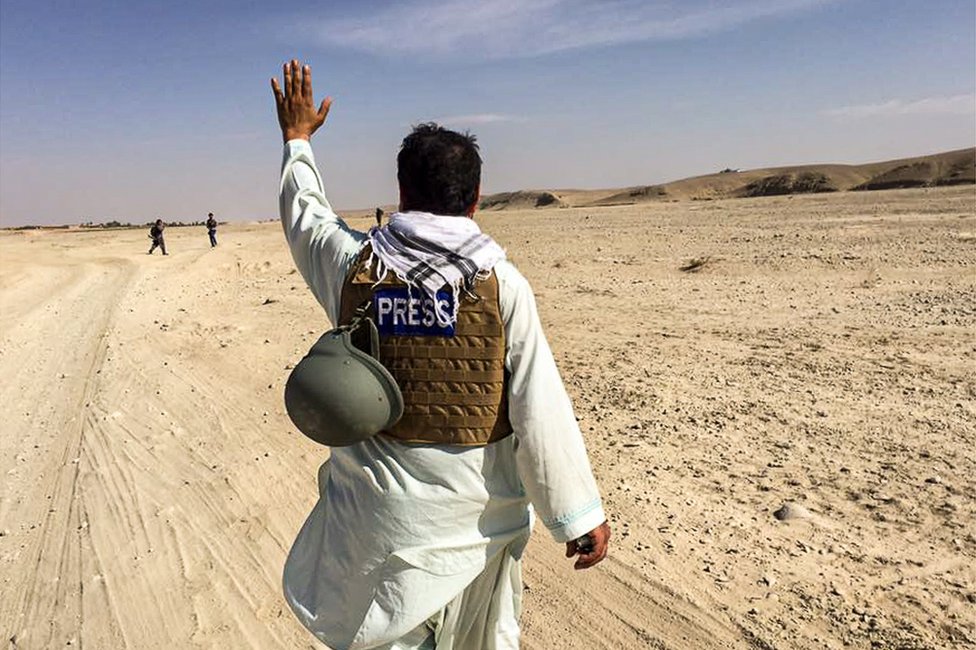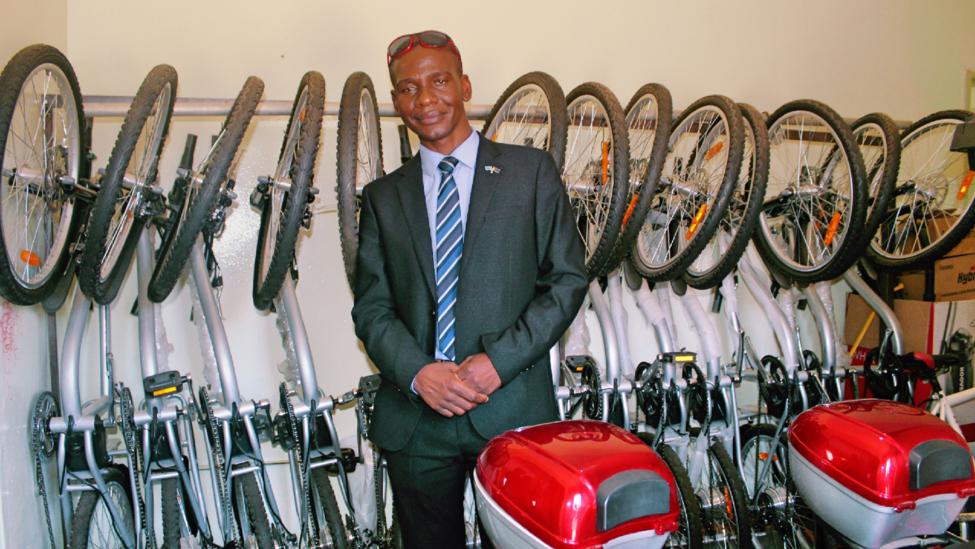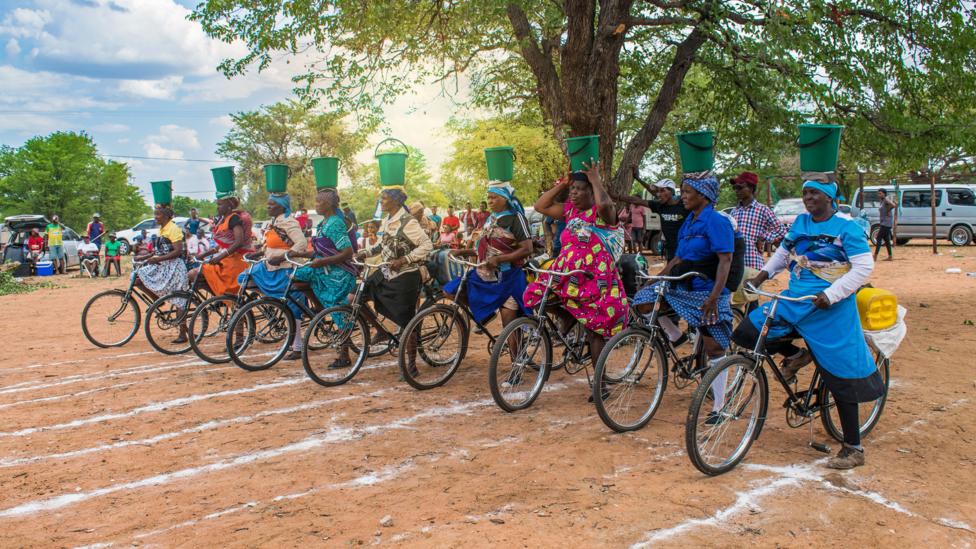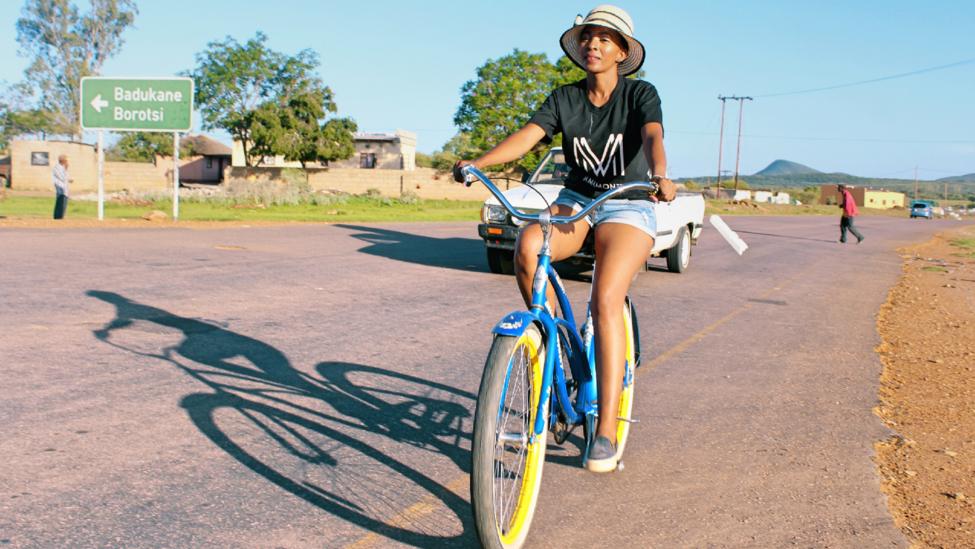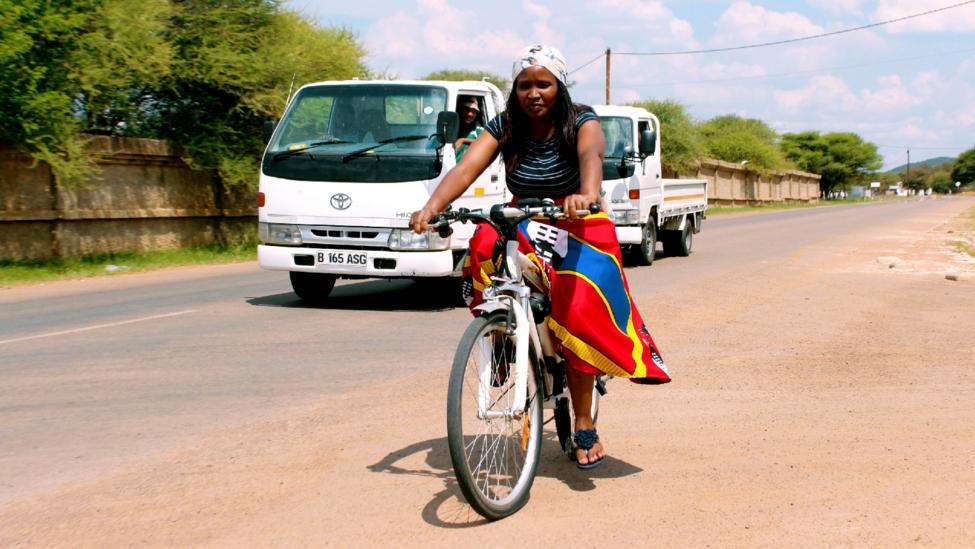*August 2021*
Years and years ago I troweled the depths of the internet looking for photos of Afghanistan before the 80's. These photos were not labeled and not shared on the internet. Many of them could only be found on my blog. I didn't own these photos - I put them on my blog as a 'free for all.'
I found it very, VERY interesting that when the Taliban recently took over Afghanistan and the media was going nuts, I saw some the photos exclusively from my blog plastered all over major international media outlets - with no mention of where they found the picture.

